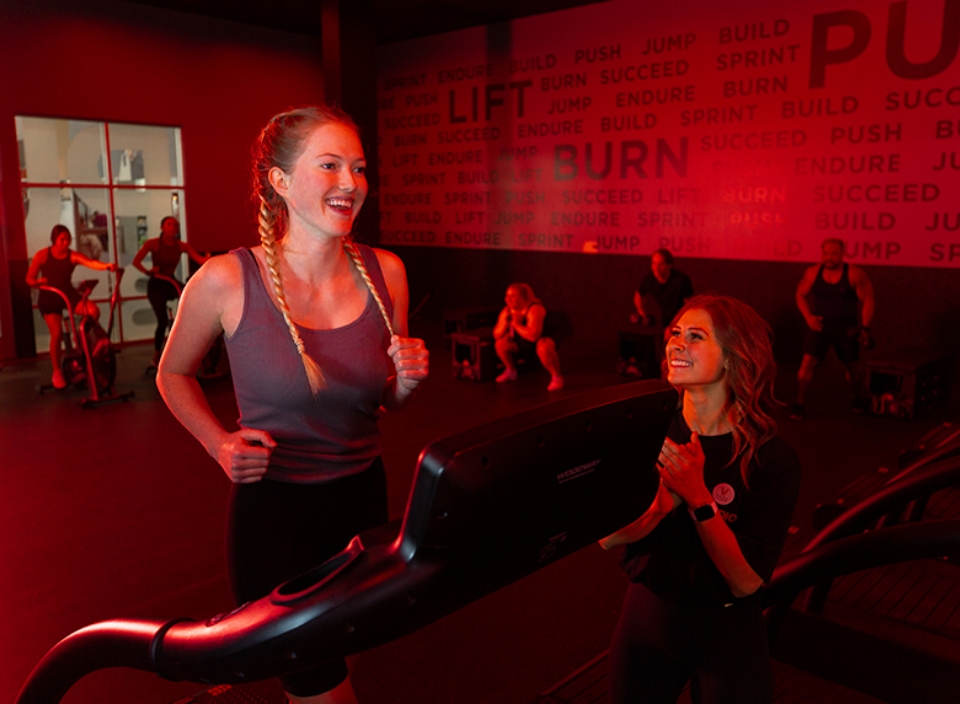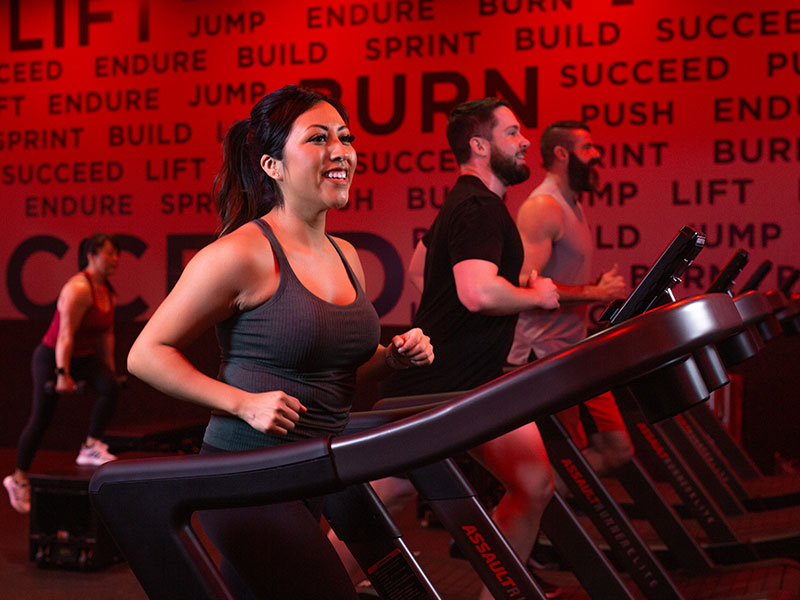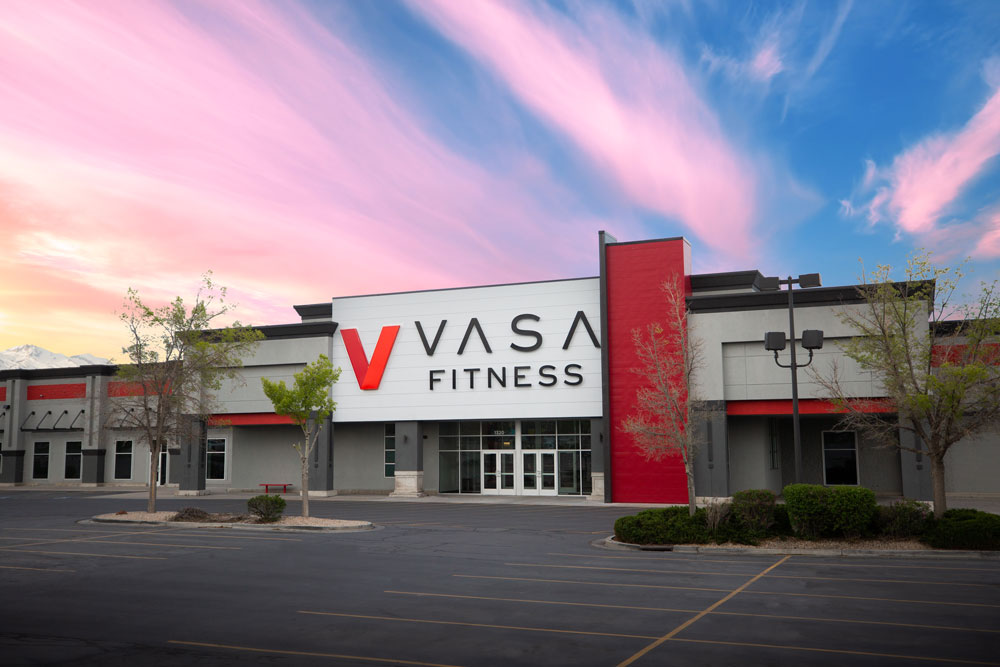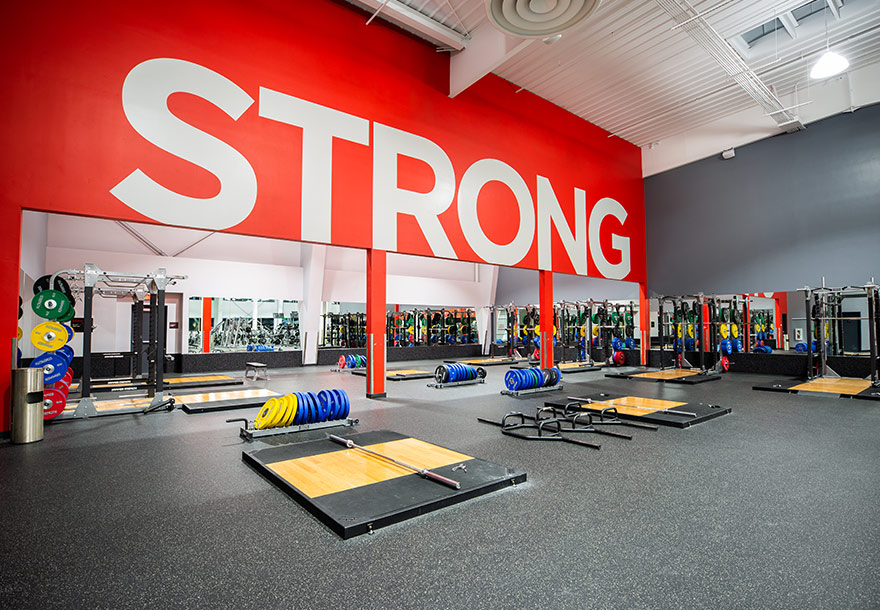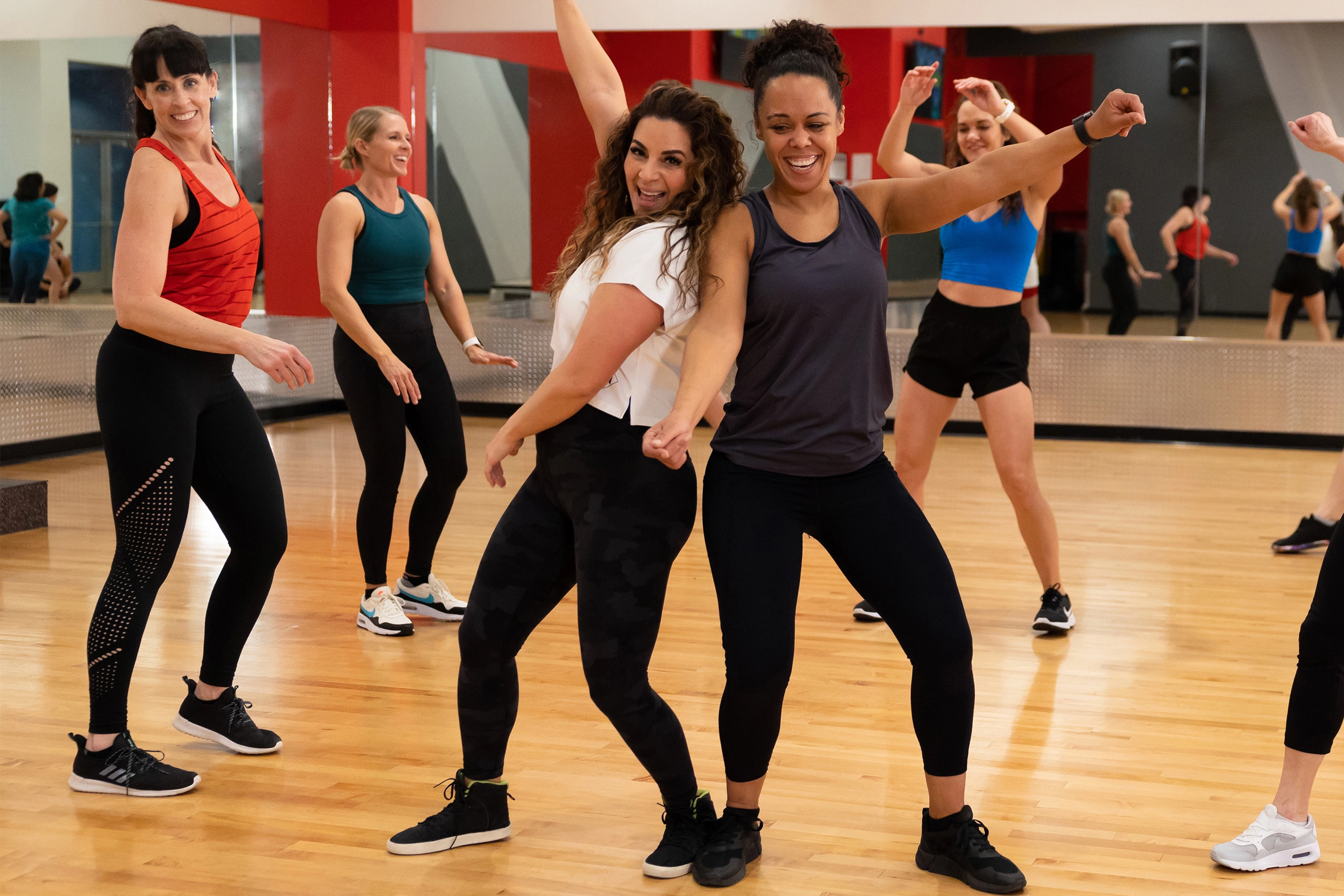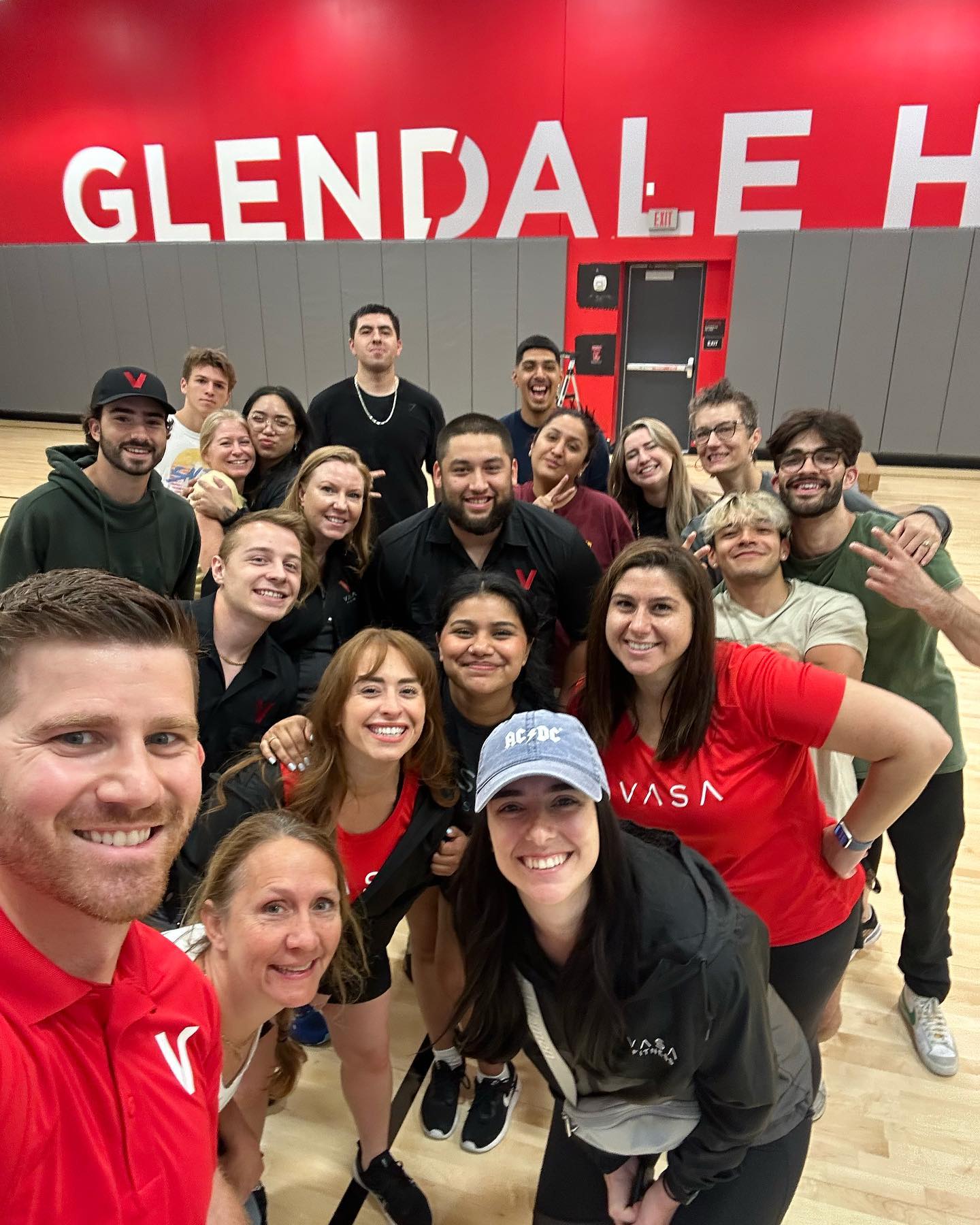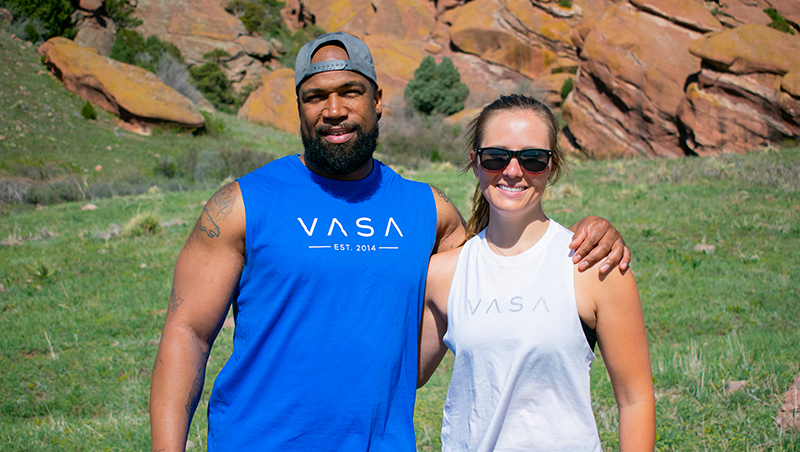Fitness enthusiasts can now enjoy the benefits of technology in their workout routines. With the latest advancements in apps and wearables, achieving your fitness goals is now more convenient than ever. These innovative tools are designed to cater to your fitness needs and help you track your progress effectively. Embrace the power of technology and take your fitness journey to the next level!
Wearable technology, such as watches, step counters, and heart rate monitors, have become essential tools for measuring intensity and recovery levels both inside and outside the gym. These devices can make workouts more personalized by providing biometric feedback on vital stats like heart rate, breathing rate, stress, volume, and sleep. However, it’s important to know how to read and use this data to achieve your fitness goals more efficiently.
Heart rate is a fundamental measure of how your body reacts in the moment to the exercise you’re performing and how hard you’re pushing yourself. It’s crucial to ensure that you’re working hard enough to create physiological changes while also giving yourself enough time to recover between sets or high-intensity intervals.
Other metrics such as stress, sleep, and breathing are all measures of how your body is responding to long-term training. If the numbers on these metrics decrease, it’s a sign that you’re likely under-recovering, and you should consider taking a rest day or lowering your intensity to ensure you stay on track toward your fitness goals. Wearables can also incentivize you to complete that workout that you were thinking of skipping. Workout streaks, steps in a day, or exertion points help to gamify your fitness to keep you engaged and working towards your goals.
It seems like new fitness apps are being released almost every day. From working out to tracking meals and even practicing mindfulness and relaxation, there are now several apps available on mobile devices to support your overall wellness. However, earlier versions of fitness and nutrition apps were designed to be a one-size-fits-all solution, providing the same information to everyone regardless of their fitness level or experience. With the introduction of AI (artificial intelligence), this is changing.
Smart gym equipment and virtual fitness experiences have come a long way since the days of DVDs and VHS tapes in the 1990s and 2000s. Innovations such as Tonal and Mirror offer convenient at-home fitness options that don’t take up much space and are easy to use. While most at-home fitness equipment comes with guided workouts to ensure a balanced exercise routine, it cannot match the personalization and variety of training with a personal trainer at a traditional gym.
Many leading gym equipment providers now offer programming support and assistance to help beginners get comfortable using their machines. Digital screens are also available to show the amount of force an exercise is creating in the muscles and provide guidance on the tempo of each rep. Additionally, both at-home and smart gym equipment offer more data, similar to wearables, but effectively interpreting it may require some effort.
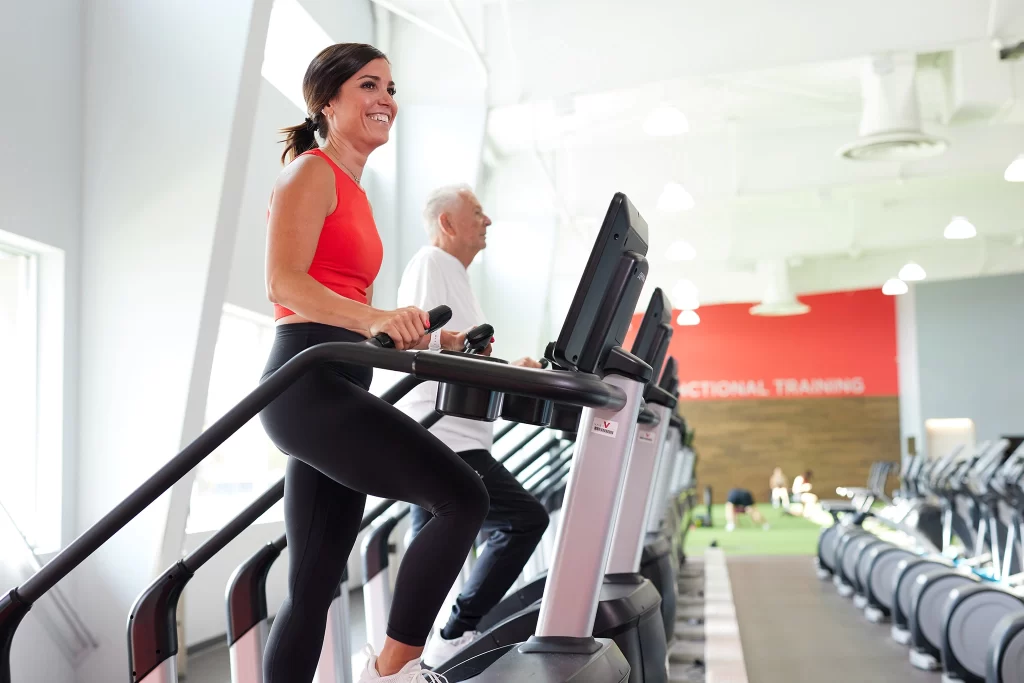
Integrating Tech into Your Routine
Achieving your health and fitness goals requires following a complete workout routine and managing your lifestyle. Technology can help you maximize your time in the gym and time spent on wellness like sleeping and meals, but it won’t work unless you put in the effort. To use technology effectively, you should have a specific goal in mind and select the tools that will help you achieve those goals.
When using technology to support your fitness journey, choose one or two metrics to track your progress. This could range from sets and reps to body fat percentage, workout compliance, or resting heart rate. Too much information can lead to analysis paralysis and distract you from focusing on your workout.
Most exercise pros use one to two tools at a time to achieve more results with less technology. They often opt for an exercise app, a meal tracker, an exercise app, or a mindfulness app. These cover the basics and allow them to focus on the one to two metrics previously mentioned.
Avoid overly relying on technology. Sometimes, listening to your body will tell you more about how you feel and your results than any piece of technology. Most wearables are still variable in their accuracy and may not align perfectly with your calorie burn if you’re trying to match it to your diet intake. Use the tools to establish a baseline of fitness, and once you’re comfortable, start taking an inventory of how you feel to observe how that matches with your tech integration.
As technology progresses, more personalized and intuitive tools will become available at lower costs. Don’t hesitate to incorporate technology into your fitness journey to take full advantage of these new developments.
RECOMMENDED
SUBSCRIBE TO OUR BLOG
Enter your email to start receiving our blog emails!
